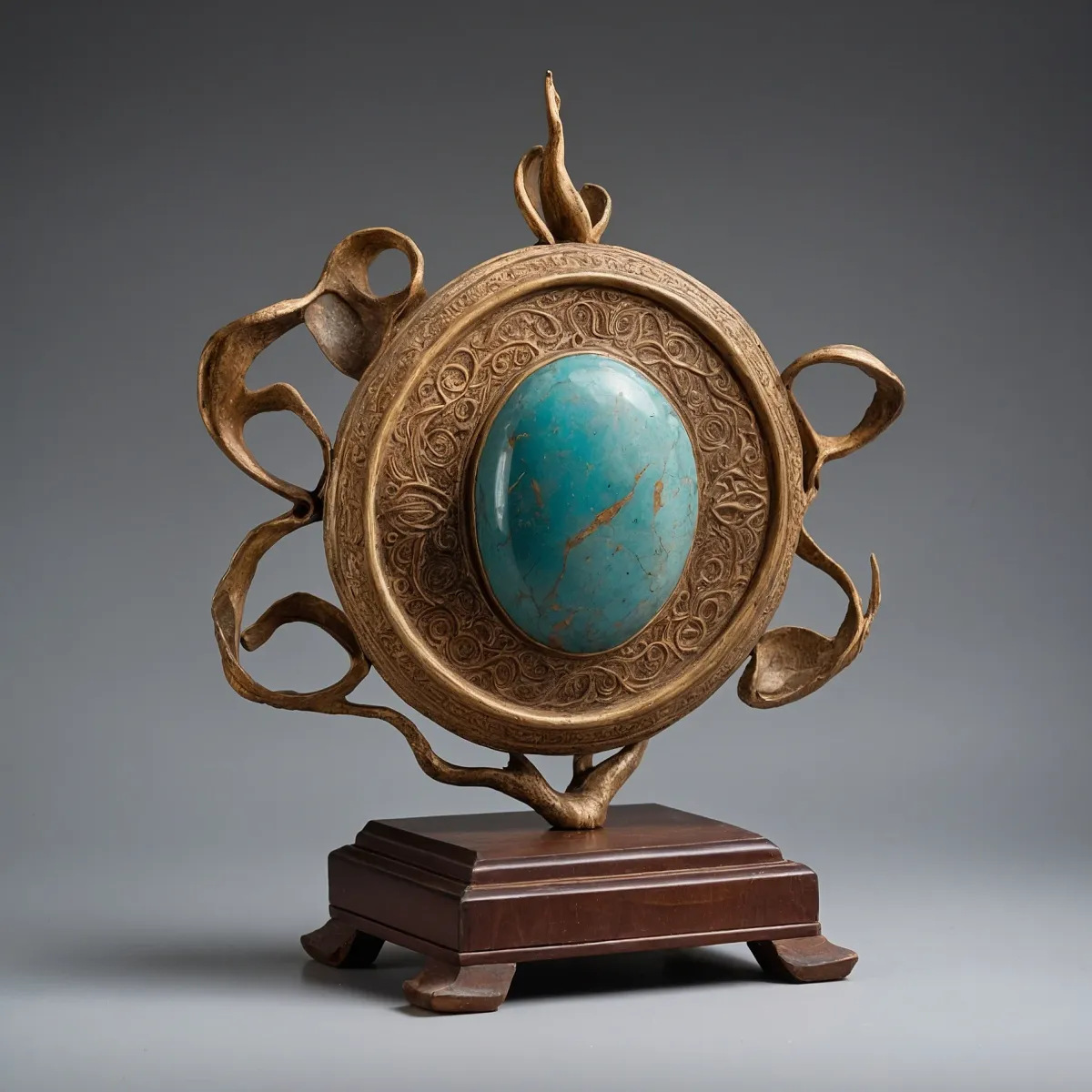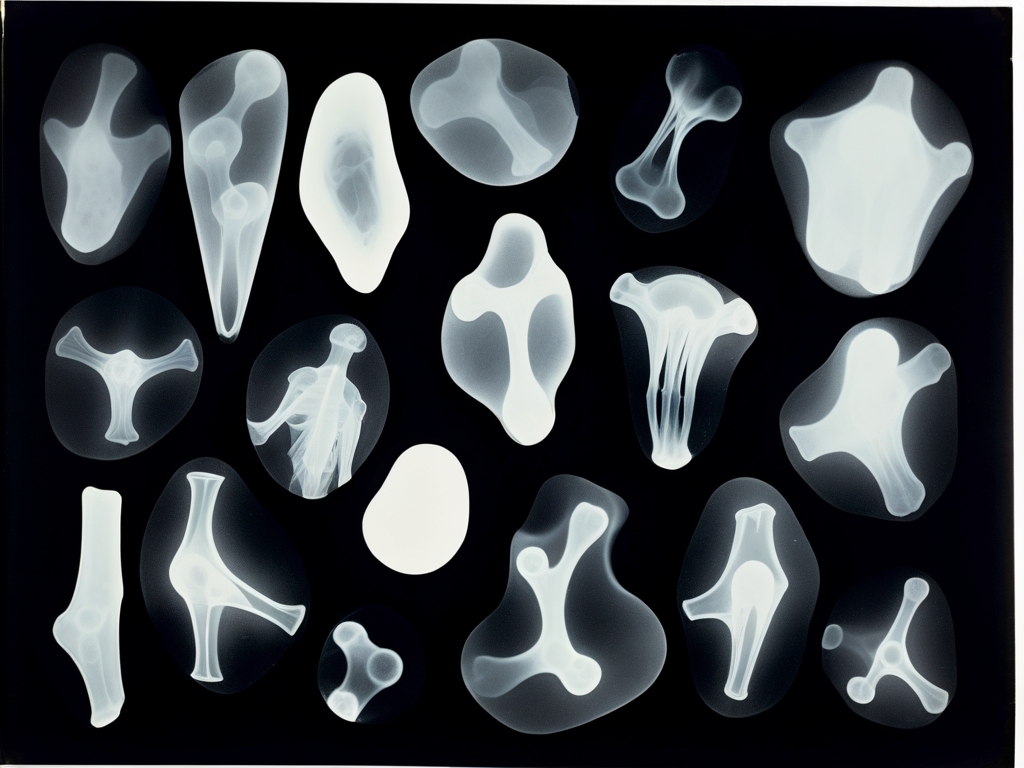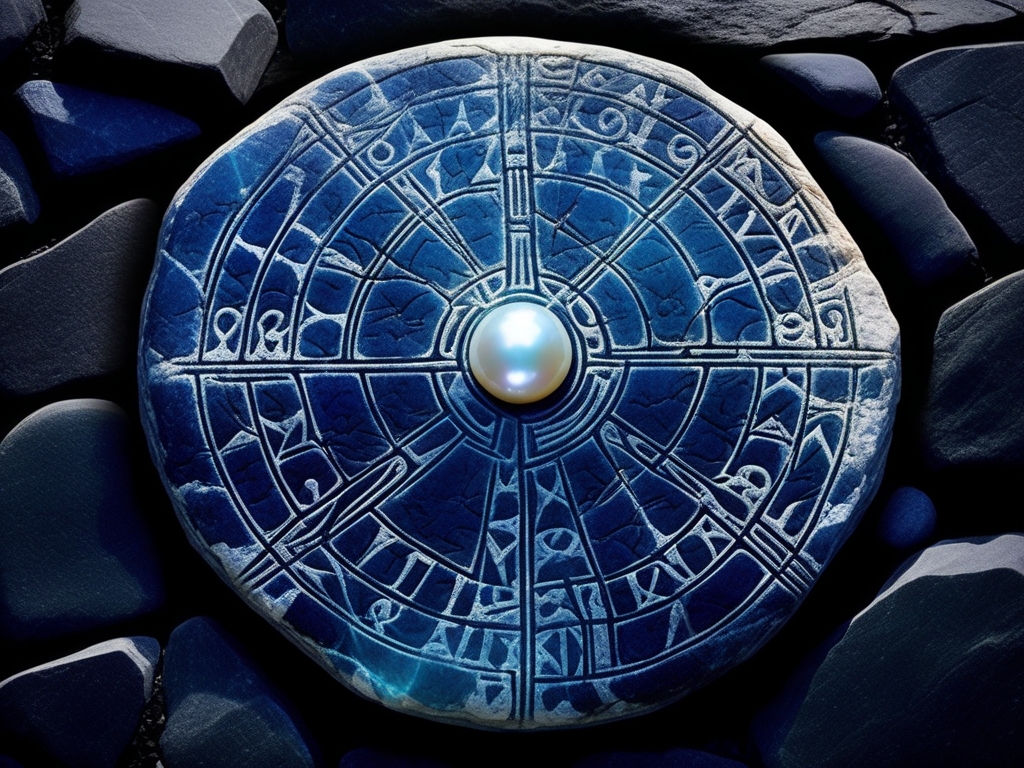Turquoise Oracle

Noanoa Te Rangi crafted this remarkable artifact during her self-imposed exile on Rapa Nui, where she allegedly communed with ancient beings that revealed secrets of time and transformation.
The piece's construction defies traditional Polynesian metallurgy, incorporating elements that shouldn't exist within bronze casting. At its heart lies a turquoise stone from an uncharted Pacific location that exhibits supernatural properties during lunar phases—appearing to undulate like the ocean despite its solid form.
The Oceanic Mirror represents an anomaly that challenges our understanding of 19th-century Polynesian craftsmanship. Its techniques predate their official discovery by half a century. We must consider whether Te Rangi possessed an unprecedented genius, or if something far more inexplicable guided her hand.
- Dr. Serena Whitestone, "Paradoxes in Pacific Art" (1985)
The Mirror's origins are linked to Moana Eternal, a timeless entity dwelling in the Pacific depths. Te Rangi's journals speak of this being appearing in tidepools, promising ancient knowledge in exchange for crafting it a permanent vessel—the Mirror itself.
For three years, Te Rangi worked under Moana's guidance, shaping the bronze frame to match celestial maps of Polynesian wayfinders. Each curve and tendril corresponded to a star path, forming an astronomical chart predicting impossible cosmic events.
As the Mirror neared completion, witnesses reported unsettling changes in Te Rangi—her eyes had taken on the same turquoise hue as the stone. Local fishermen saw her walking atop waves during full moons, conversing with an unseen presence. Her final journal entry reads: "I understand now. The Mirror was never meant to reflect light, but to reflect time itself."
When discovered decades later, Te Rangi had already passed away and had been buried at sea. Visitors to the Ravensfield Collection often report glimpsing an unknown woman in the Mirror's surface, her features shifting between youth and age, her eyes matching the central stone's shade.
The Mirror remains in permanent display at the Ravensfield Collection, though curators keep it isolated from other artifacts after several inexplicable incidents involving tides and lunar cycles.




